- Acne
- Anti-aging
- Blog
The Best Retinol Regimen for Every Skin Type
If you’re considering incorporating retinol into your skincare routine, here’s everything you need to know.
Retinol has long been praised as one of the most effective ingredients for increasing collagen production, reducing fine lines, fighting acne and improving skin discoloration. In my 25 years of professional experience treating thousands of complexions, I’ve seen retinol work miracles, including on my own acneic skin. Despite their popularity, retinol and other vitamin A derivatives (known as retinoids) are often confused and misused. Everyone from the dermatologist to self-proclaimed skin experts on TikTok tells you to use them, and there are hundreds of varieties on the market promising to give you fountain-of-youth results. Here’s my comprehensive guide to finding the right formulas and regimen for your skin type and concerns.
Your 90-Day Retinol Plan for Acne-Prone, Congested, or Oily Skin Types
Day 1-60
MORNINGWash your face with Purifying Cleansing Gel. Next, use a non-drying toner formulated for acne-prone skin and apply Eye Cream. Finish with an application of lightweight, non-irritating sunscreen like Biore UV Aqua Rich Watery Essence Sunscreen.
NIGHT
Wash your face with non-irritating cleanser for acne-prone skin, like our Purifying Cleansing Gel, which fights off bacteria with willow bark extract and soothes skin with plant extracts like aloe leaf juice. Pat skin dry, and apply Eye Cream.
Spread a pea-size amount of retinol evenly over your face, avoiding the eye area. Contrary to what you might have heard, it’s not necessary to use moisturizer or serum after retinol, unless your skin has trouble tolerating it. If skin is irritated, apply a hydrating buffer before your retinol, like our Super HA Rapid Hydration Serum, which is formulated with five types of hyaluronic acids to deeply hydrate skin. If irritation persists, skip retinol for a few days.
Your skin will gradually build up tolerance to retinol, a process called retinization. The key to success with retinol is to start low and go slow. Skipping to a stronger formula won’t give you faster results. It will lead to irritation and inflammation.
Day 60-90
Continue the same regimen, slowly adding other targeted treatments, if desired. Once your skin has passed the dry, flaky “purging” stage, it should feel strong and healthy.MORNING
Splash lukewarm water on your face and pat dry. For added moisture, use a cream cleanser like Rehydrating Cleanser (coming back soon), followed by toner. Apply Eye Cream, then Weightless Moisturizer or Super HA Rapid Hydration Serum, followed by non-irritating, lightweight sunscreen.
NIGHT
Wash skin with a cream cleanser like Rehydrating Cleanser (coming back soon) and pat dry. Apply Eye Cream, then spread a pea-size amount of retinol evenly over your face, avoiding the delicate eye area.
If your skin feels healthy and adjusted to the routine, this is the best time to introduce acids and other treatments, but not all at once! Lactic acid, found in our Lactic Acid Hydrating Serum, is your retinol’s best friend. It will minimize peeling while giving your skin a youthful glow and luminosity. Apply at night over retinol and tone-correcting serum (look for products with hydroquinone, kojic acid, and niacinamide). This should replace your moisturizer. Continue using your hyaluronic acid Super HA Rapid Hydration Serum for hydration and rejuvenation. If you experience irritation, peeling or sensitivity, apply your moisturizer and hyaluronic acid before retinol, or skip retinol for a few nights.
Day 90 and Beyond
If your skin can tolerate it, begin adding Vitamin C serum to your morning regimen before sunscreen. Continue using hyaluronic acid if your skin feels dry.
Your 90-Day Retinol Plan Normal or Dry Skin Types
Day 1-7
MORNING
Splash lukewarm water on your face, and pat dry with a clean towel. Washing your face in the morning isn’t actually necessary, but you can use a cream cleanser like Rehydrating Cleanser (ours is coming back soon), if you prefer.
Apply Eye Cream, then Super HA Rapid Hydration Serum or Pep-Revive Daily Moisturizer. If your skin feels dry, add additional moisture with Heal the Need Rescue & Recovery Serum. Finish with a broad-spectrum sunscreen.
NIGHT
Wash your face with a non-irritating cleanser, like Rehydrating Cleanser or Purifying Cleansing Gel. Apply Eye Cream, then moisturize your face with Super HA Rapid Hydration Serum, followed by Nighttime Skin Quencher (coming back soon) or our Pep-Revive Daily Moisturizer if your skin feels dry or sensitive.
It’s important to limit use of retinol to only one night this week. Spread a pea-size amount of retinol over your face, avoiding the delicate eye area. If your skin feels very dry, apply Heal the Need Rescue & Recovery Serum over your retinol to create a buffer and help your skin adjust.
Day 7-14
Continue the same regimen, increasing nighttime retinol use to 2 times a week, spread 3 days apart.
Day 14-21
Continue the same regimen, increasing retinol application to 3 times a week, spread 2 days apart, if your skin can comfortably handle it. Remember to give your skin a 2-day break from retinol every week.
Day 21-60
Continue the same regimen, increasing retinol use to 4-5 times a week, if your skin can handle it.
Day 60-90
You can now begin introducing tone-correcting serum and other targeted treatments, like our Lactic Acid Hydrating Serum. Apply at night after your retinol. Use it once the first week, then slowly increase frequency each week. Alternate nights with retinol if skin is sensitive.
Day 90 and Beyond
Normal skin types can usually tolerate Vitamin C treatments after 90 days. Apply at night after your retinol.
Over-the-Counter Retinol Regimens by Skin Type
The benefits of retinol are undeniable with the right regimen and consistent use. My favorite form of retinol is prescription Tretinoin, which comes in different strengths. Retinol is most effective for acne-prone, congested, oily and normal skin types. Some doctors will prescribe it for sensitive skin types, but even the lowest dose can be too harsh for certain sensitive skin types. Here are effective alternatives, which you can buy without a prescription.



















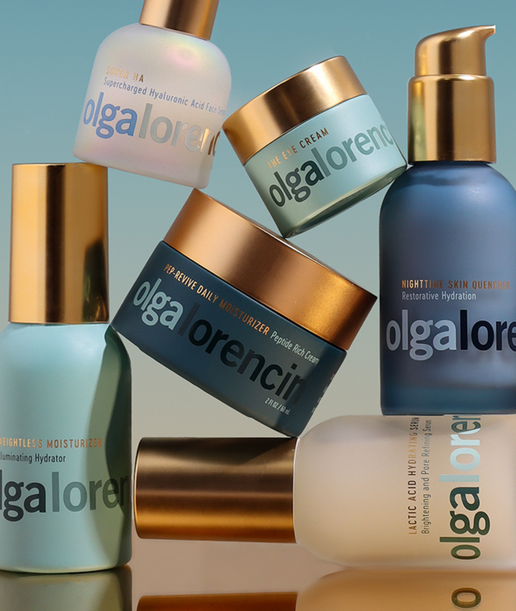
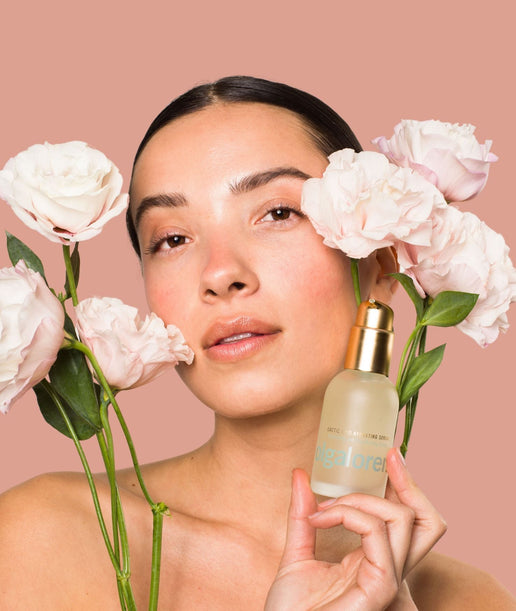
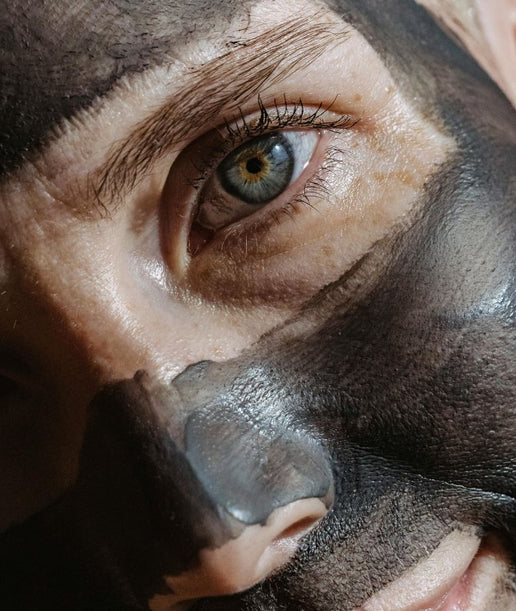



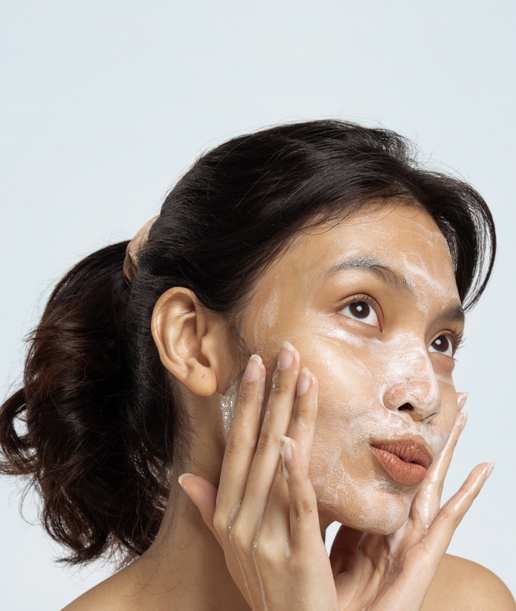
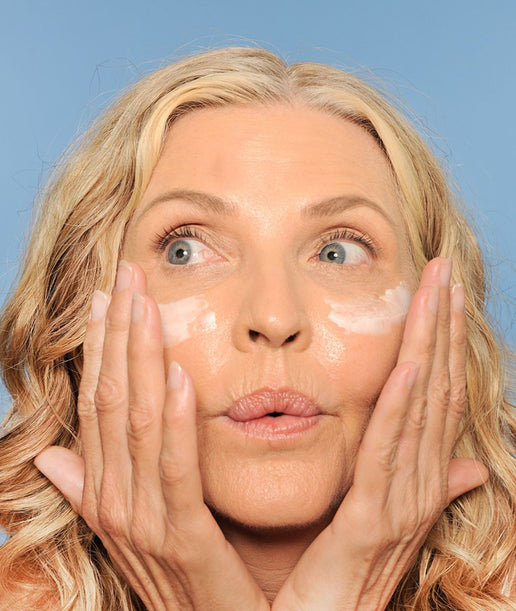
















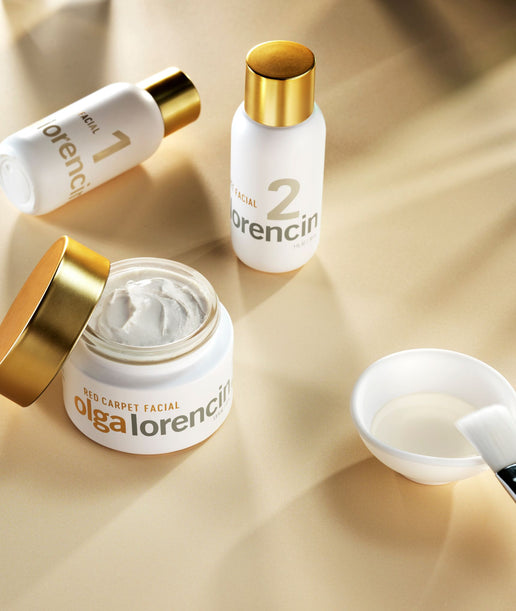









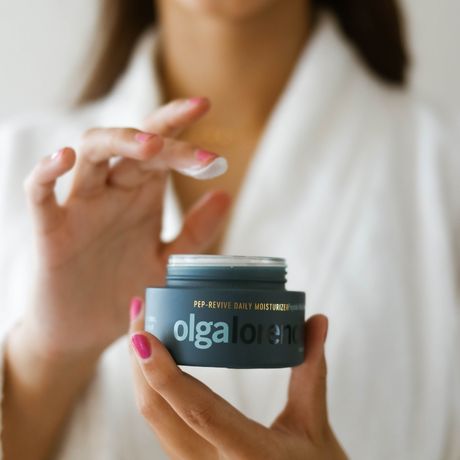








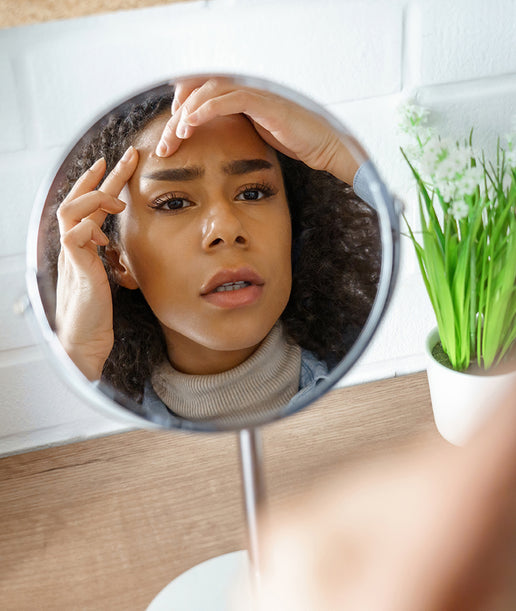

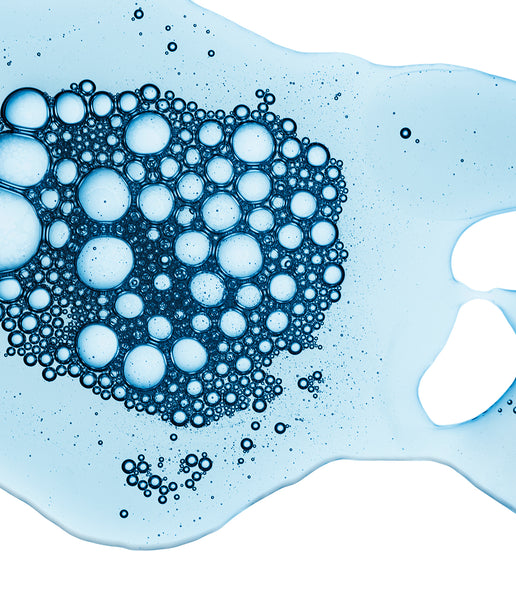
 Unlock 15% off your first order
Unlock 15% off your first order